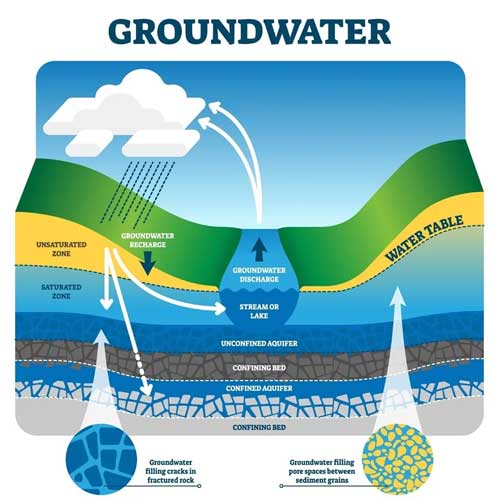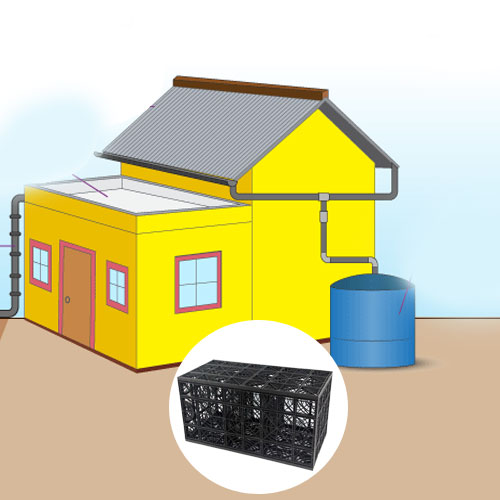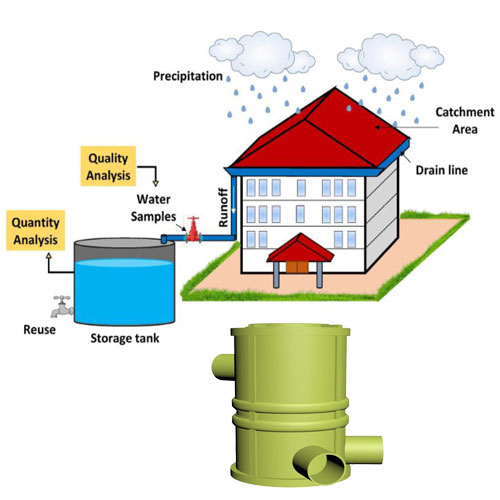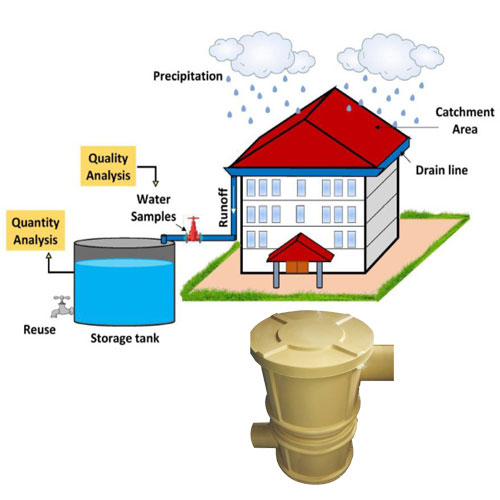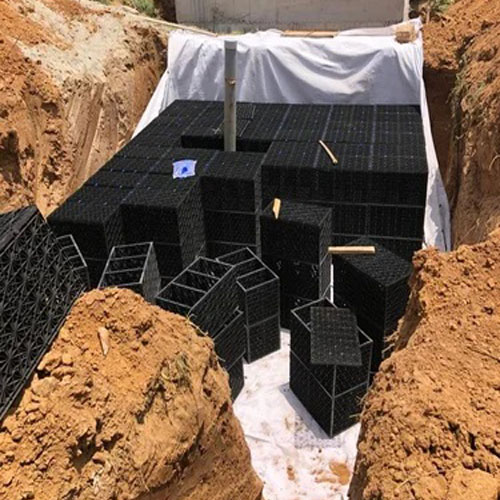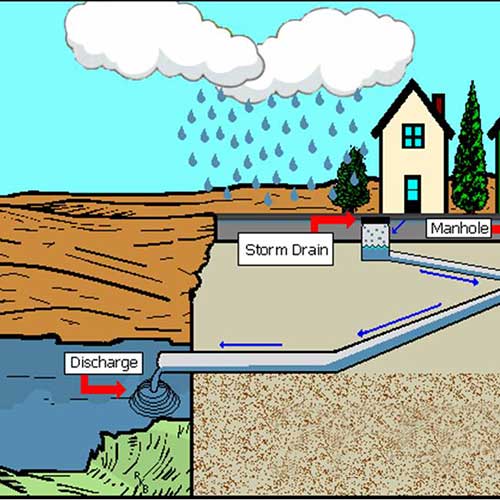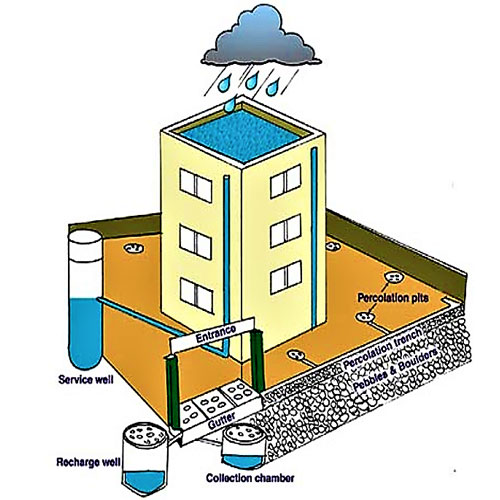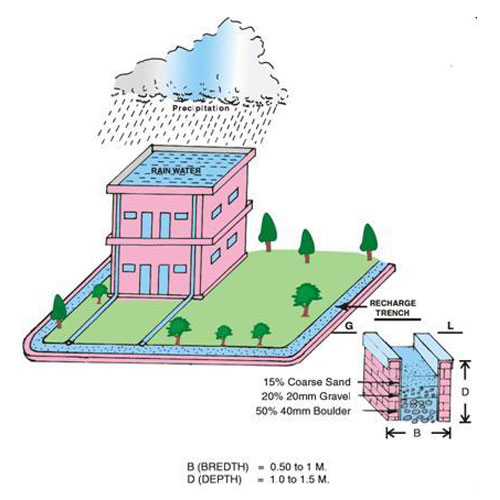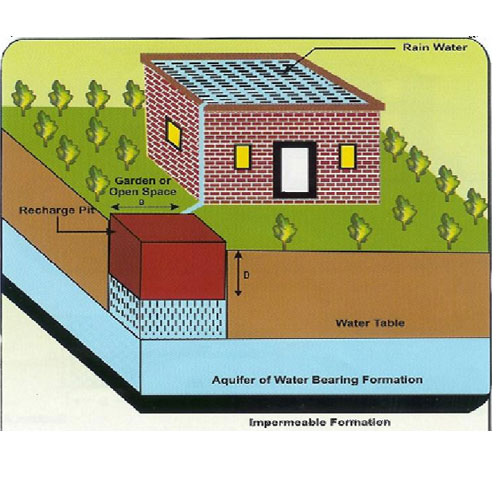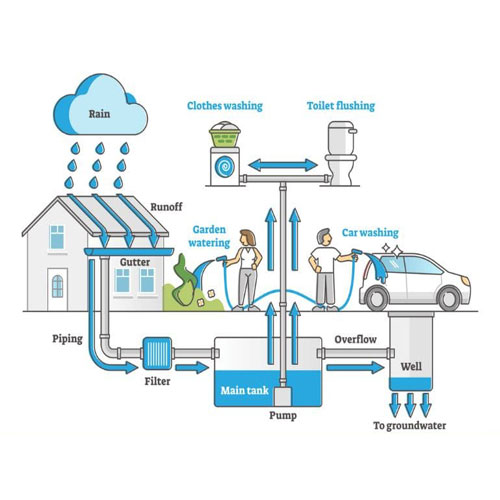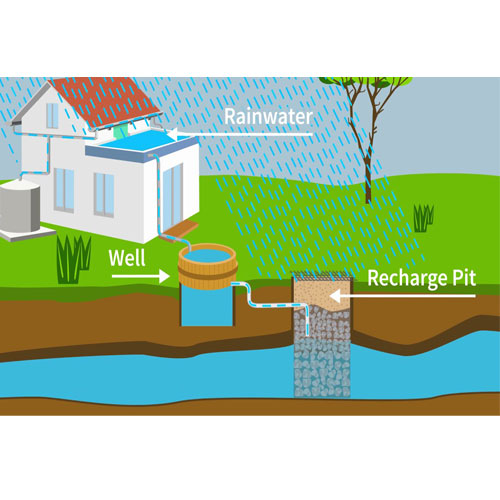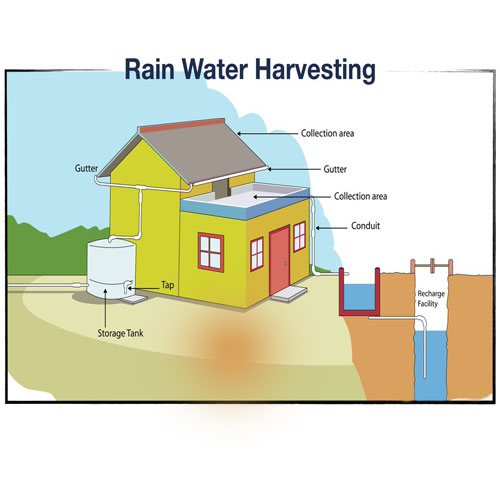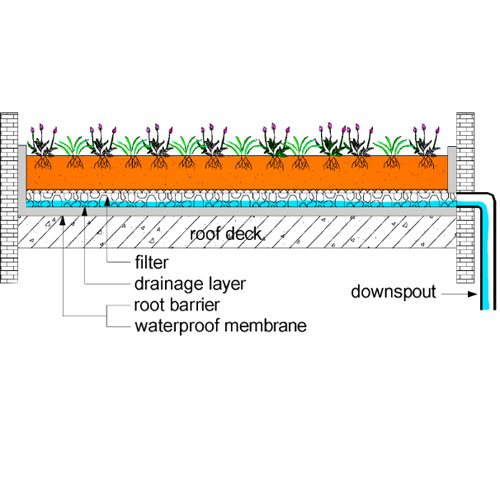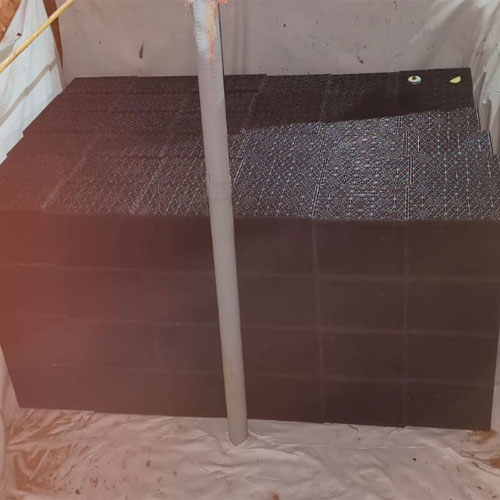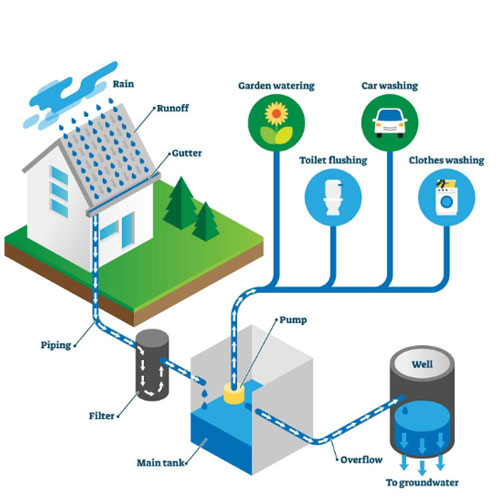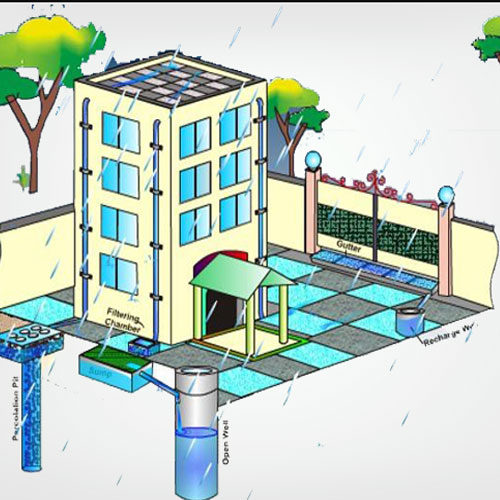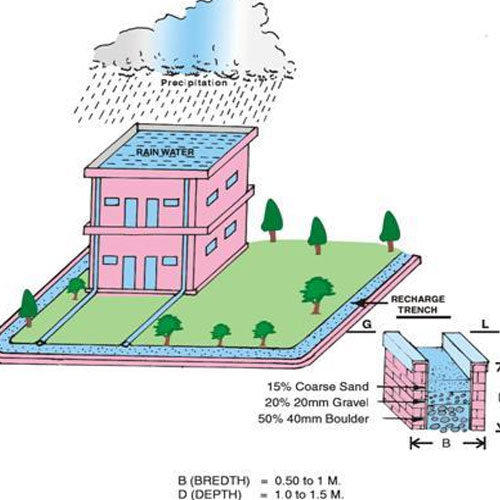Groundwater Recharge Systems in Delhi: Nurturing the Lifeline of Water Security
India, a country heavily reliant on groundwater for its water needs, faces numerous challenges in maintaining water security. As groundwater levels continue to deplete due to over-extraction and climate change, it becomes imperative to implement effective Rain Water Ground Recharge System Service Provider in Delhi. These unique systems play a vital role in replenishing the depleting aquifers, ensuring sustainable water availability, and mitigating the impacts of water scarcity. In this article, we will explore the significance of groundwater recharge systems in India and delve into some unique approaches that are being adopted to address this pressing issue.
Groundwater recharge systems are designed to replenish the underground aquifers by allowing rainwater and surface runoff to percolate into the soil and recharge the groundwater reservoirs. These systems aim to mimic natural processes, ensuring the efficient utilization of rainfall and preventing excessive runoff. By recharging groundwater, these systems not only restore the water table but also improve water quality and enhance the resilience of communities in the face of water scarcity.
In India, where rainfall patterns are diverse and variable across different regions, implementing customized groundwater recharge systems is crucial. One unique approach is the construction of percolation tanks or check dams. These structures are strategically located in areas where surface runoff is significant, such as foothills or catchment areas. Percolation tanks and check dams capture rainwater, allowing it to seep slowly into the ground, replenishing the groundwater reservoirs. These structures not only recharge groundwater but also provide additional benefits like flood control, erosion prevention, and groundwater storage for future use.
Another innovative approach to groundwater recharge is through the use of recharge wells or borewells. Recharge wells are constructed with the aim of diverting rainwater directly into the underground aquifers. These wells are designed with permeable casings or filters that allow water to percolate into the surrounding soil and recharge the groundwater. Recharge wells are particularly effective in urban areas where open spaces are limited. They can be installed in parks, residential complexes, and public spaces, providing a decentralized and efficient method of recharging groundwater. Artificial recharge structures, such as recharge trenches or pits, are also gaining popularity in India. These structures are designed to enhance the infiltration of rainwater into the ground. Recharge trenches are excavated and filled with coarse materials like gravel or sand, which facilitate the percolation of water into the soil. Recharge pits, on the other hand, are dug in areas with higher clay content to promote water retention and slow percolation. These artificial recharge structures can be implemented in both rural and urban areas, making them a versatile solution for groundwater replenishment.
In addition to these physical structures, groundwater recharge systems in India also incorporate innovative techniques such as rooftop rainwater harvesting and recharging. This approach involves capturing rainwater from rooftops and directing it to recharge pits, recharge wells, or underground storage tanks. By channeling rooftop runoff directly into the ground, this method maximizes the utilization of rainwater and promotes groundwater recharge at the local level. Community participation and awareness are key elements in the successful implementation of groundwater recharge systems in Delhi. Public education programs, training workshops, and awareness campaigns play a crucial role in sensitizing communities about the importance of groundwater conservation and recharge. Encouraging individuals to adopt rainwater harvesting practices, promote water-efficient agriculture, and utilize decentralized recharge systems can significantly contribute to the overall success of groundwater management. Furthermore, policy support and regulatory frameworks are vital to ensure the widespread adoption of groundwater recharge systems. Governments at the national, state, and local levels need to develop comprehensive policies that incentivize and mandate the implementation of groundwater recharge techniques.
